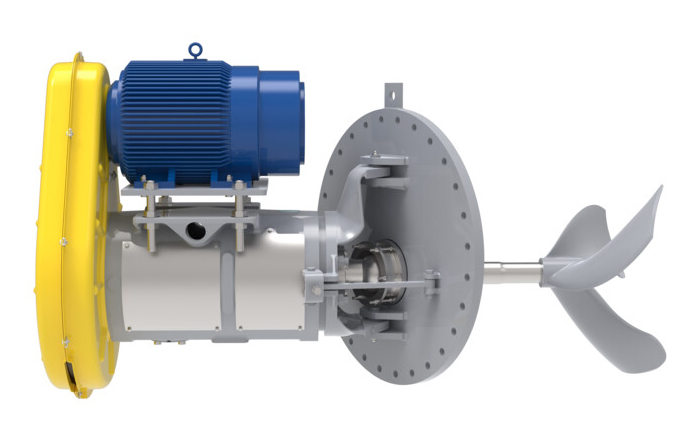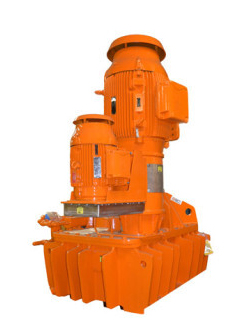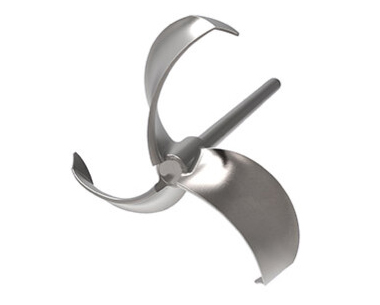Side- and Top-Entry Mixers Engineered for Rigorous Processes
Philadelphia mixers deliver the heavy-duty performance needed in oil and gas, chemical, water and wastewater treatment processing and other demanding industries. Applications such as solid suspension, gas dispersion, liquid-liquid dispersion and liquid-solid each require tailored mixing technologies. Philadelphia uses cutting-edge testing and process modeling to provide robust and efficient mixers that offer a long service life.





